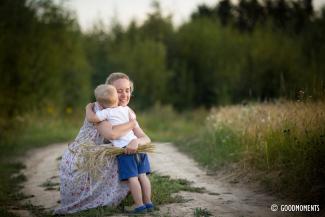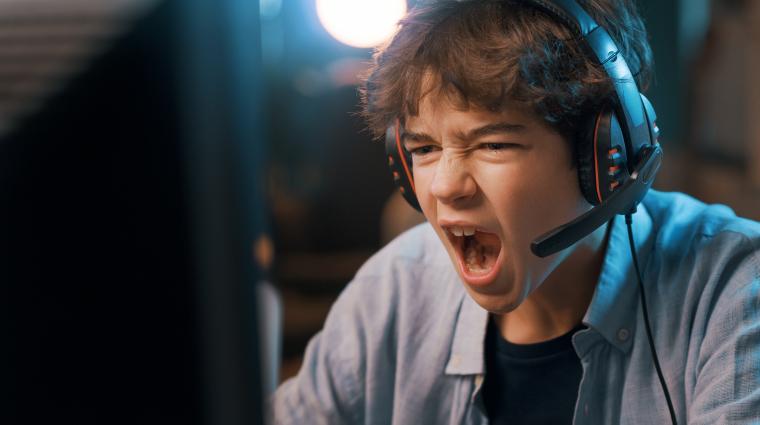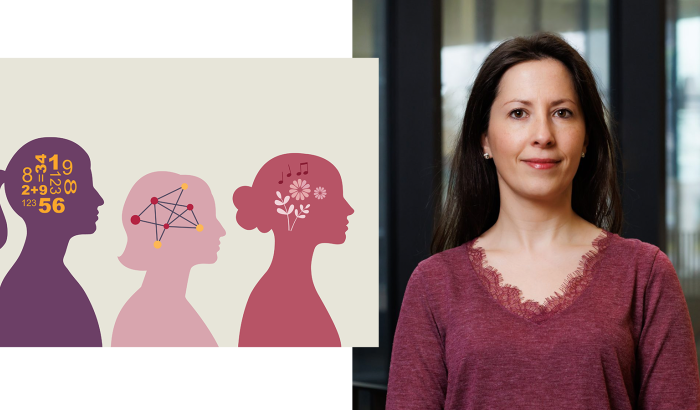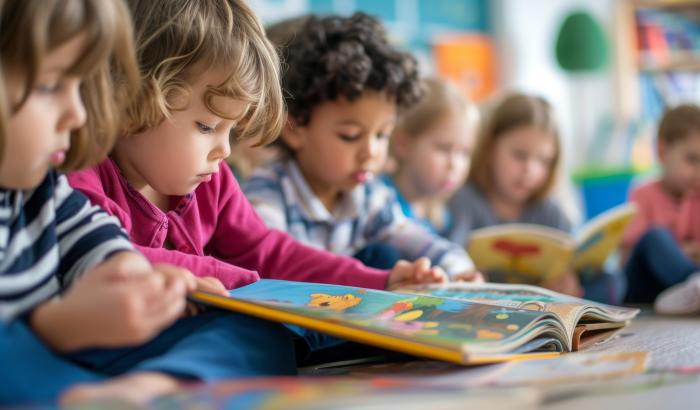
(C) Good Moments & Alessandro Decarli
This article was written for the science.lu-journalism-contest 2017. Alessandro Decarli got the 2nd price for his contribution.
The attachment bond between parents and their children plays a major role in the socio-emotional development in infancy and has a major impact on future relationships.
As a psychologist I often get asked: “But practically, what is attachment and how does it work?” As an answer, I try to make people think about everyday moments involving parents with their children. For example, when a mother* is in a park with her child, there are moments when the child is exploring (e.g. playing), and others when he checks that his mom is still there. The child might also call her, or, if injured, find a way to attract her attention, so that he receives the necessary comfort and reassurance that his “secure base” is there in times of need.
Attachment: like a dance between parent and child
Attachment is more formally described as an inborn disposition to seek proximity and contact with specific figures, such as parents or caregivers for children, particularly in situations where they feel distressed. The “Attachment Theory”, formulated by John Bowlby in the 1950s, describes the dynamics of the parent-child relationship since birth, and how they affect future developments . Let’s focus first on the parent-child relationship, before talking about future developments.
How attachment works is a little bit like a dance between parent and child, where the child shows his attachment needs and the parent responds to them in an adequate and prompt way.
Infants use a wide range of behaviours to attract their parents’ attention for all kind of reasons. For example, they might smile and vocalise if they are seeking interactions, or cry to express their discomfort .
Why attachment is important
It is extremely important to respond to these signals, especially in times of distress, since the availability of the caregiver is what makes the difference in the development of attachment security .
From an evolutionary point of view, such behaviours ensure human infants’ survival, which highly depends on the creation of a lasting emotional connectedness with their caregivers. This is especially the case in the first 12 months .
Once children acquire the feeling that the parents are physically and emotionally available, they can slowly walk away from them in order to explore the outside world.
Parents should act as “a secure base from which to explore”
The need to be comforted and to explore can be expressed in a range of different ways, leading to different forms of attachments. “Attachment security” represents a good balance between the attachment and the exploratory systems, which is the most natural and desirable outcome .
Crucially, it is important that children sense the possibility of walking back, if and when they feel the need for it. The parents therefore act as a “secure base from which to explore”.
If children, however, suffer from prolonged and sometimes multiple separations from their caregivers in their early years, they may not have the opportunity to securely attach to a specific figure, which can put their wellbeing at risk.
More than 50 years of research have demonstrated that secure attachment is a protective factor for mental health at all ages, from childhood through to adulthood .
Does this mean that parents always have to be there ready and steady?
Of course not. So called “ruptures” in the parent-child relationship do exist, but it is their frequency, and way they are being dealt with, which makes all the difference.
To cite Prof. Edward Tronick’s expression, attachment ruptures can be seen as “the good, the bad and the ugly”: the good is all the normal “stuff” and the positive interactions taking place between a parent and the child; the bad is when something bad happens (a small injury for instance), but the child in the end is able to overcome it thanks to the parent’s comforting reaction; and the ugly is when the child is not given the opportunity to get back to the good (for example, being left alone when injured) .
“The good” and “the bad” are part of everyday life and a good balance between the two of them is also a way to make children more resilient to stressful situations that are part of everyday life, i.e. providing them with the psychosocial tools that will help them to recover from adversities.
The key element is to make it possible for children to acquire the feeling that parents are there for them: of course, it won’t always be possible to be physically present, but the moment that the child mentally interiorizes that the parent is available, he will adapt this model also to other relationships, generalizing it .
Impact on other relationships
Therefore, during the long journey toward adulthood an individual will be able to rely also on other people, as for instance a friend or a partner, and ask for help in times of need.
And finally, there is going to be an intergenerational transmission of attachment security, since the growing child, once himself a parent, will be able to be sensitive to his own child’s needs and will therefore respond to them adequately, because this is what he previously learned from the relationship with his own mother.
*Throughout the article, the word mother is used for clarity reasons, but it can more generally be replaced with the word caregiver.
About Alessandro Decarli

I am a psychologist and PhD student at the University of Luxembourg with a strong interest in clinical child and adolescent psychology, attachment theory and parent-child relations. My current doctoral project investigates the influence of secure attachment on mental health and wellbeing during adolescence. Any interested families are welcome to take contact!
Author: Alessandro Decarli (Université du Luxembourg)
Photo: Good Moments & Alessandro Decarli
science.lu-Journalism-Contest
science.lu launched a science-journalism-contest for researchers in order to promote science communication among the research community. Here are the winners of 2017:
1st price: Barbara Glaser for her article "Farbenprächtige Überschwemmungsgebiete: Wie Wärmebilder zu einem verbesserten Hochwassermanagement beitragen können" and Martha Elwenspoek for her article "Stress & Health: How a stressful childhood can cause disease"
2nd price: Alessandro Decarli
3rd price: Christophe Theiß for his article "McGyver-Wëssenschaft: Eng Kaffiskan als Detektor fir Weltraum-Deelercher"
Bibliography
(1)Bowlby, J. (1982). Attachment and Loss: Vol. 1. Attachment. New York: Basic Books.
(2)Pierrehumbert, B. (2003). Le premier lien. Théorie de l'attachement, Paris: Odile Jacob.
(3)Fonagy, P., Steele, M., Steele, H., Moran, G. S., Higgitt, A. (1991). The capacity for understanding mental states: the reflective self in parent and child and its significance for security of attachment. Infant Mental Health Journal, 12, 201-218.
(4)Cassidy, J. (2016). The nature of the child’s ties. In Cassidy, J., Shaver, P. R. (Eds.), Handbook of Attachment: Theory, Research and Clinical Applications. New York: The Guilford Press, 3-24.
(5)Solomon, J., George, C. (2016). The measurement of attachment security and related constructs in infancy and early childhood. In Cassidy, J., Shaver, P. R. (Eds.), Handbook of Attachment: Theory, Research and Clinical Applications. New York: The Guilford Press, 366-396.
(6) Ainsworth, M. D. S.; Bell, S. M. (1970). Attachment, exploration and separation: Illustrated by the behavior of one-year-olds in a Strange Situation. Child Development, 41, 49-67.
(7)Zeanah, C. H., Gleason, M. M. (2015). Annual Research Review: Attachment disorders in early childhood – clinical presentation, causes, correlates and treatment. Journal of Child Psychology and Psychiatry, 56, 207-222.
(8)UMass Boston (2009). Still Face Experiment: Dr. Edward Tronick. Retrieved June 27, 2017, from https://www.youtube.com/watch?v=apzXGEbZht0
(9)Bretherton, I. (1985). Attachment theory: retrospect and prospect. Monographs of the Society for Research in Child Development, 50, 3-35.







